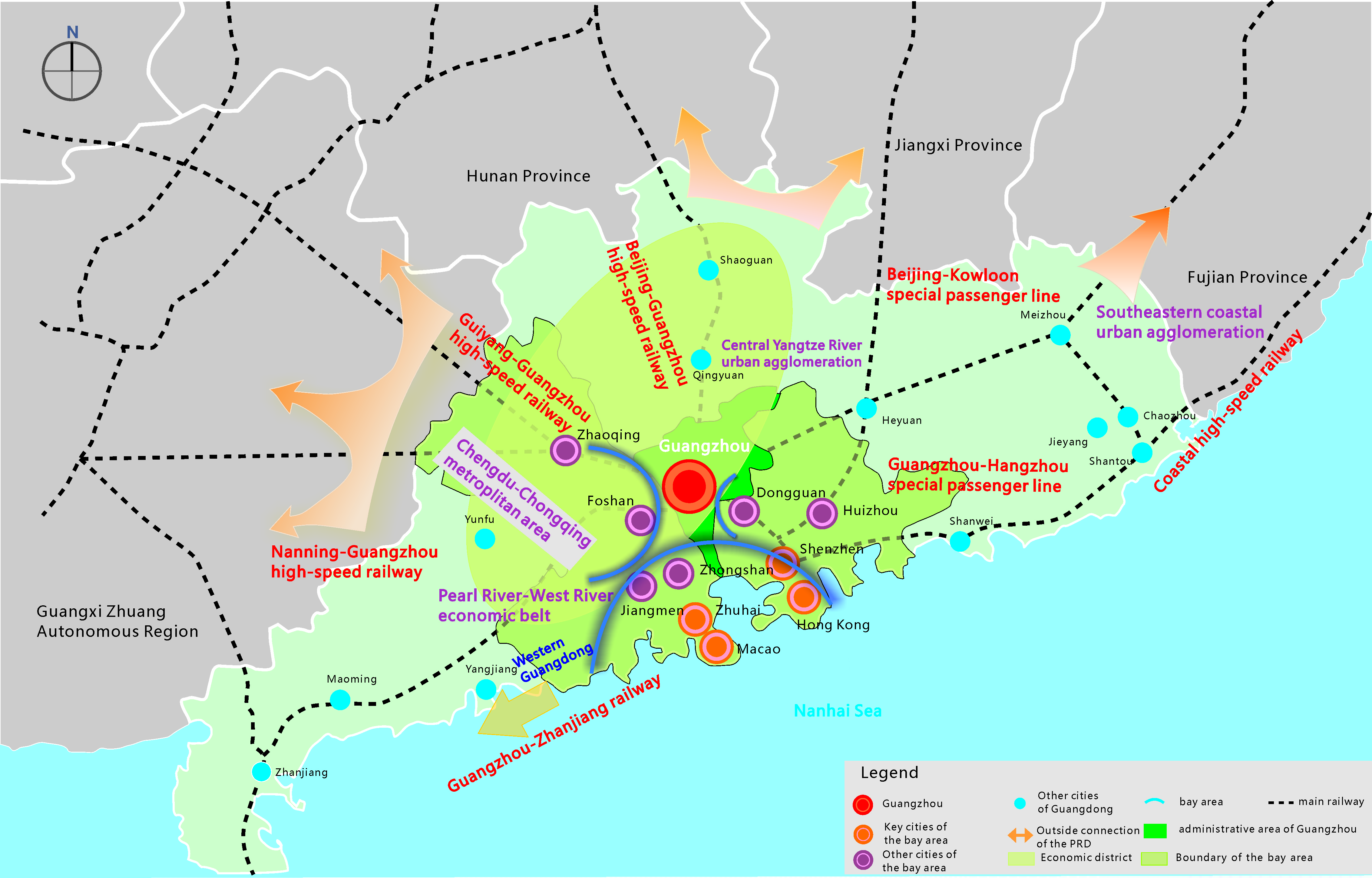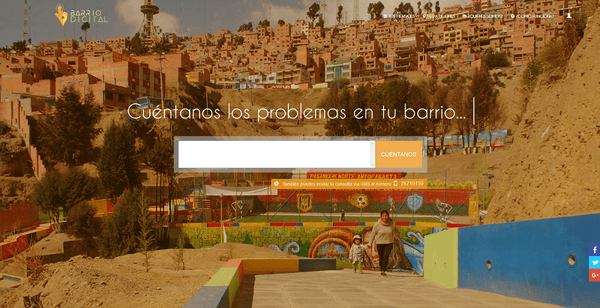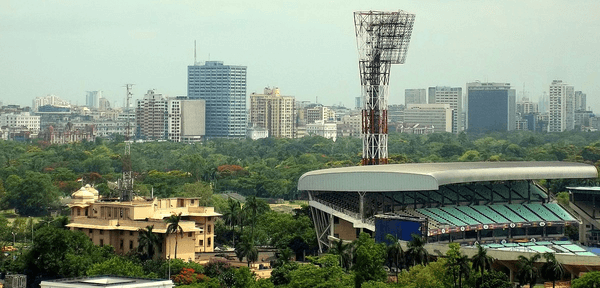Size and population development
Guangzhou extends through 7,434.4 square kilometres and was, in 2018, the home to more than 14,9 million people. It is the capital of the province Guangdong with approximately 113,46 million people. It is the core of one of the most populous built-up metropolitan areas, extending through several neighbouring cities to form one of the planet’s largest urban agglomerations. Guangzhou’s metropolitan area — part of the Pearl River delta region — has an approximate population of 25 million, according to the estimates of the OECD.
Population composition
Guangzhou is populated mostly by people of Han Chinese descent, with minorities including Manchu and Chinese Muslims (Hui). Additionally, the city and its surrounding areas have been re-populated by generations of “overseas Chinese” who had left the country during the 1980s to live in the United States, Europe, and places in Southeast Asia. It is also the home, temporarily or otherwise, to many internal migrants from other distant parts of China, with this sector making up approximately 40% of the population. Finally, there is an significant presence of foreign born non-Chinese living in Guangzhou, with many people from across Southeast Asia, the Middle East, Eastern Europe and Africa.
Main functions
Guangzhou (also known as Canton) is the capital of the Guangdong province in China. The city is the beginning and terminus of the famous Maritime Silk Road and considered within the nation as “China’s Southern Gateway”, a port of continued global importance. The coast city is located in the southeast of the Chinese mainland, with the Pearl River forming an enormous delta around the city, which flows into the South China Sea, between Hong Kong and Macau. As the capital of the Guangdong province, Guangzhou serves the role of economic, political, and cultural centre for all surrounding territories. It is also the focus of historical attention, the city where Chiang Kai-shek, Mao Zedong, and Zhou Enlai began their political pathways in the Kuomintang under the guidance of Sun Yat-sen, in the early twentieth century. Its central position, however, extends back more than two thousand years, with it long being a key node in China’s long and complex history. Guangzhou’s cultural sites range from religious temples of a variety of faiths — Buddhist, Taoist, Catholic, Islamic — to arts and education sites — the Chao Opera and the Sun Yat-sen university, for example — to more contemporary architectural feats like the Canton Tower.
Main industries / business
In 1978, Guangzhou was among the first cities to benefit from China’s reform policy, and has since then morphed into a major centre for heavy manufacturing industries, and increasingly high-tech industries, including automotive and biotechnological industries, electronics and electric goods. It rightly dons the title ‘workshop of the world’, this comes with both tremendous wealth and much pollution. The city has a number of special zones for technological development, free trade and export processing which have different rules and less regulations in order to encourage investment. Guangzhou is also the home of one of the biggest and more renowned expos in China, the semi-annual “China Import and Export Commodities Fair”, known for its large-scale and international interest. Tourism to the city is another important source of revenue, since the city possesses many cultural, gastronomical and artisanal features that make it distinct from other major Chinese cities. In 2017, Guangzhou contributed an annual GDP of approximately $318 billion US dollars, thus putting it in the same league as nation-states like Pakistan, Colombia or the Philippines.
Political structure
Guangzhou’s main political institution is the Guangzhou’s Municipal People’s Congress, which is in charge of the city’s administration and monetary expenditure. Its committee is tasked with recommending policies which may be approved by other governmental entities of a provincial or national level, since the municipal congress serves as an extension of these two. The officers who serve as the executive branch of municipal government (the mayor and (executive) vice mayors, for example) are also elected by the municipal congress. Some of the municipal government’s tasks include organizing major events, conducting surveys, collecting information of administrative value for the leaders of the State Council and the Provincial Government.
Administrative structure
Guangzhou’s Municipal People’s Congress is in charge of the city’s administration, which has been divided into 11 districts. Each district has its own subdistricts with police substations and neighbourhood associations, that are in charge of settling local disputes, caring for the public sphere, and promoting Chinese moral and educational campaigns. The municipal government has, among its many duties, the role of administrating and coordinating the ports of the city, which also includes their construction and maintenance. Guangzhou’s ports managed an approximate of 540 million tons of goods in 2016, making it one of the largest ports in China.
Website
http://www.guangzhou.gov.cn



